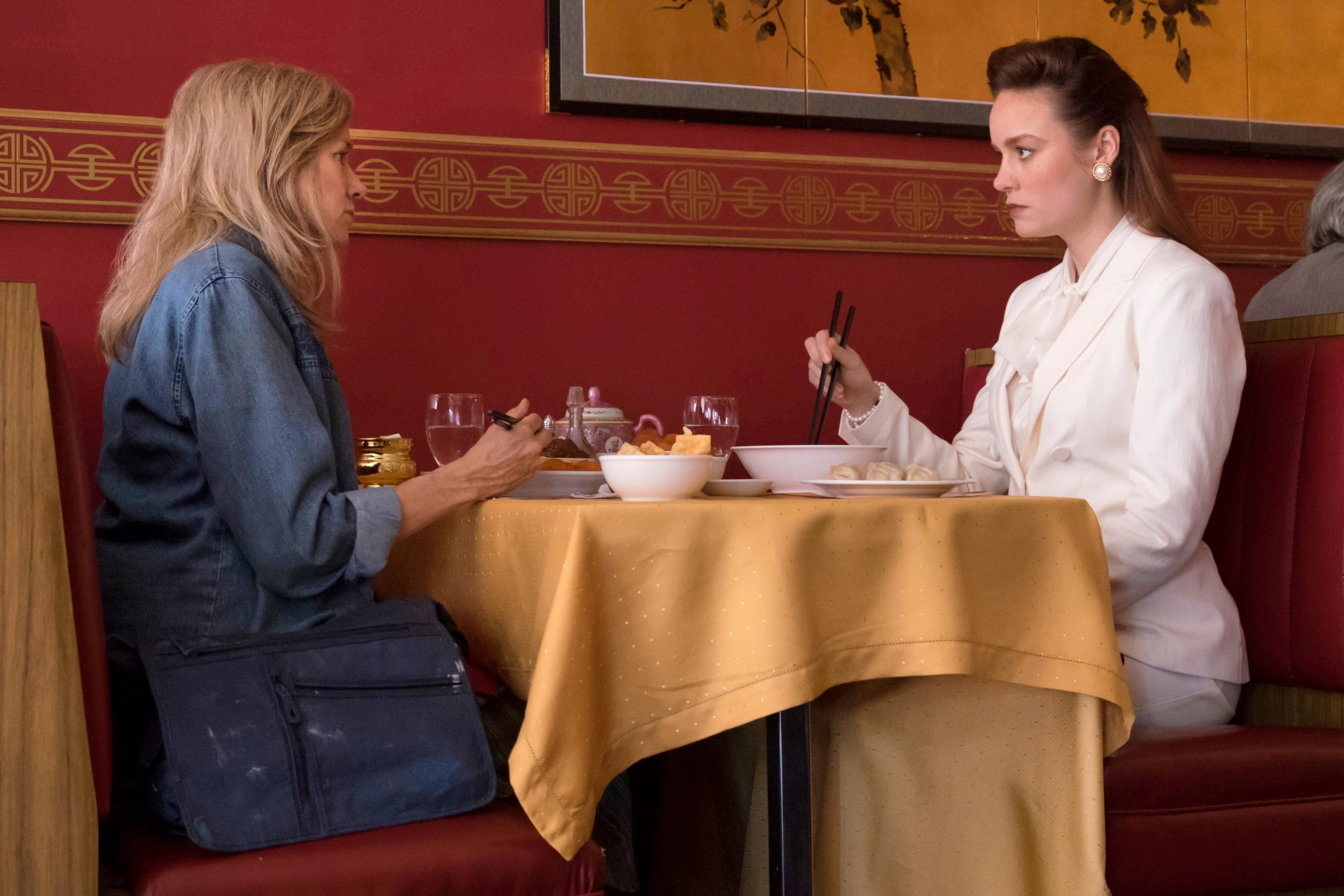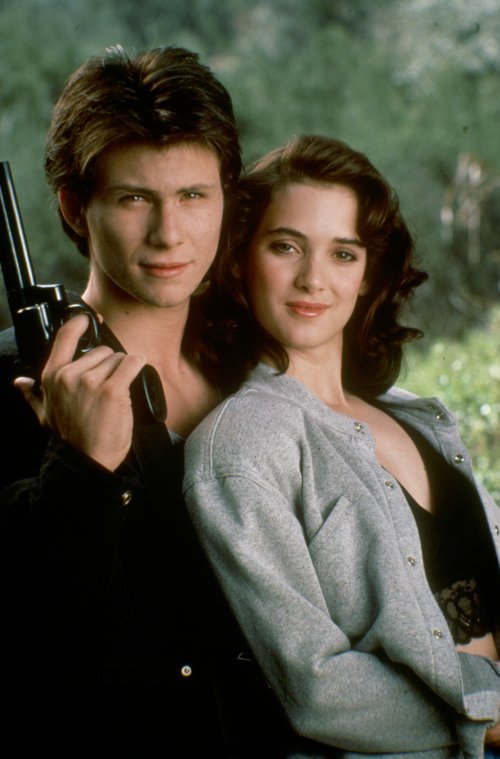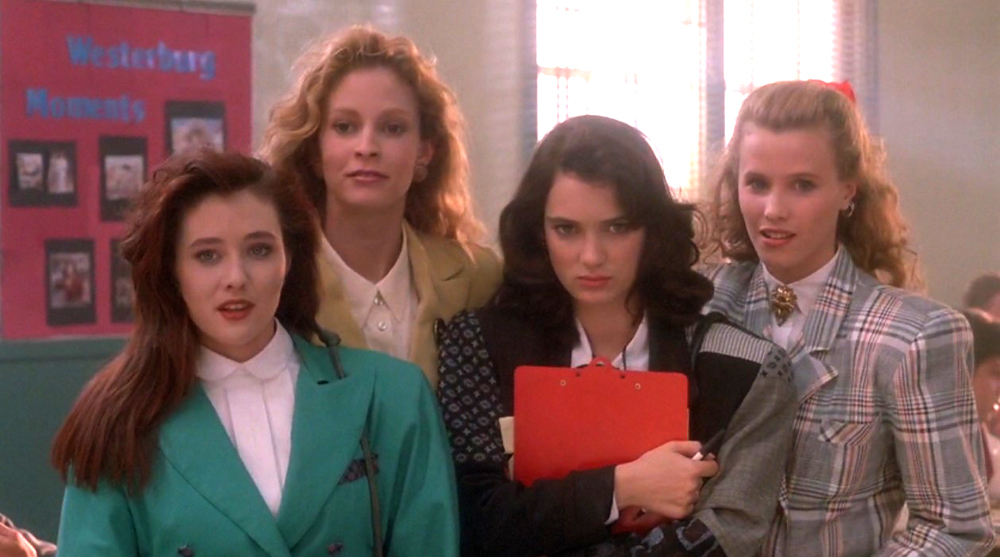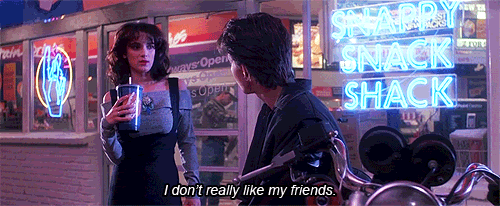| A far cry from The Brady Bunch |
Based upon journalist Jeannette Walls' memoir of the same name, the film depicts the by turns heartwarming and devastating experiences of Walls and her siblings as they come of age. The film closely follows its source material in its focus upon Walls' unconventional parents, Rex(Woody Harrelson) and Rosemary (Naomi Watts), and the couple's complicated relationship with their children. Although the children grow up worshipping and wishing to emulate their free spirited parents, it is obvious that the children suffer abuse and neglect in Rex and Rosemary's care. While both Rex and Rosemary are portrayed as capable and intelligent people, the couple's toxic relationship, which is built upon abuse, co-dependence, and shared delusions, makes them ill-suited to parenthood. The family is almost constantly on the move as Rex and Rosemary attempt to out run creditors and child protective services with their children in tow. This constant upheaval makes it impossible for the children to achieve any sense of stability as they are repeatedly forced to move just as they begin to adjust to each new town. The couple's unusual lifestyle and live and let live philosophy carries over into their haphazard parenting as they consistently neglect their children, who are tasked with raising themselves. Beyond the blatant neglect that they are subjected to, the children also suffer abuse at the hands of alcoholic Rex and their sexual predator grandmother. In the midst of all of this trauma, however, Rex and Rosemary encourage their children's talents and teach them to see the world for what it could be rather than for what it is. As a result, when a grown and successful Jeannette reflects upon her tumultuous childhood she continues to be torn between understandable bitterness towards her parents and the unconditional love that she continues to feel for them.
 |
| Kodak moments with a twist |
Through its nuanced portrayal of the Walls family The Glass Castle captures the instability and emotional conflict of life within a dysfunctional family. Through its faithfulness to Walls' memoir the film highlights the positive and negative aspects of her childhood in equal measure. This objective perspective creates a nuanced portrait of the family that shows the many shades of gray in what easily could have been a black and white tale of a broken home. As a result, viewers share in Jeannette's conflicted emotions as she watches her parents veer from their best to their worst without warning. This sense of conflict provides viewers with insight into Jeanette's evolving mindset, which in turn lends the entire viewing experience greater resonance. While the Walls' story is a unique one, its portrayal of family at its most complicated will speak to anyone who has ever wanted to outrun their past and perhaps even more so to those who have come to terms with it.
The film's cast aptly presents a portrait of the Walls family in all their outlandish complexity without ever drifting into stereotypes or caricature. Ella Anderson captures young Jeannette's youthful innocence and the maturity that she is forced to develop at an early age with equal skill. Brie Larson embodies grown Jeannette's practically perfect persona, while still conveying her hidden torment. Naomi Watts is all charisma as the enigmatic Rosemary. Woody Harrelson virtually steals the film in his heartbreaking portrayal of Rex. Sadie Sink, Charlie Stowell, and Shree Crooks turn in engaging performance as the Walls siblings and Sarah Snook, Josh Caras, and Brigette Lundy-Paine convincingly portray the adults that the children become.
At once a deeply personal true account and a universal tale of the trials and triumphs of family, The Glass Castle is a film that will continue to resonate long after its final credits fade. Through its unflinching script and superb performances the film brings Walls' memoir to vibrant life. This is a film for anyone who has ever wanted to avoid spending the holidays with their family, and for those who still long to.
 |
| Family, one thing that doesn't improve with age |







